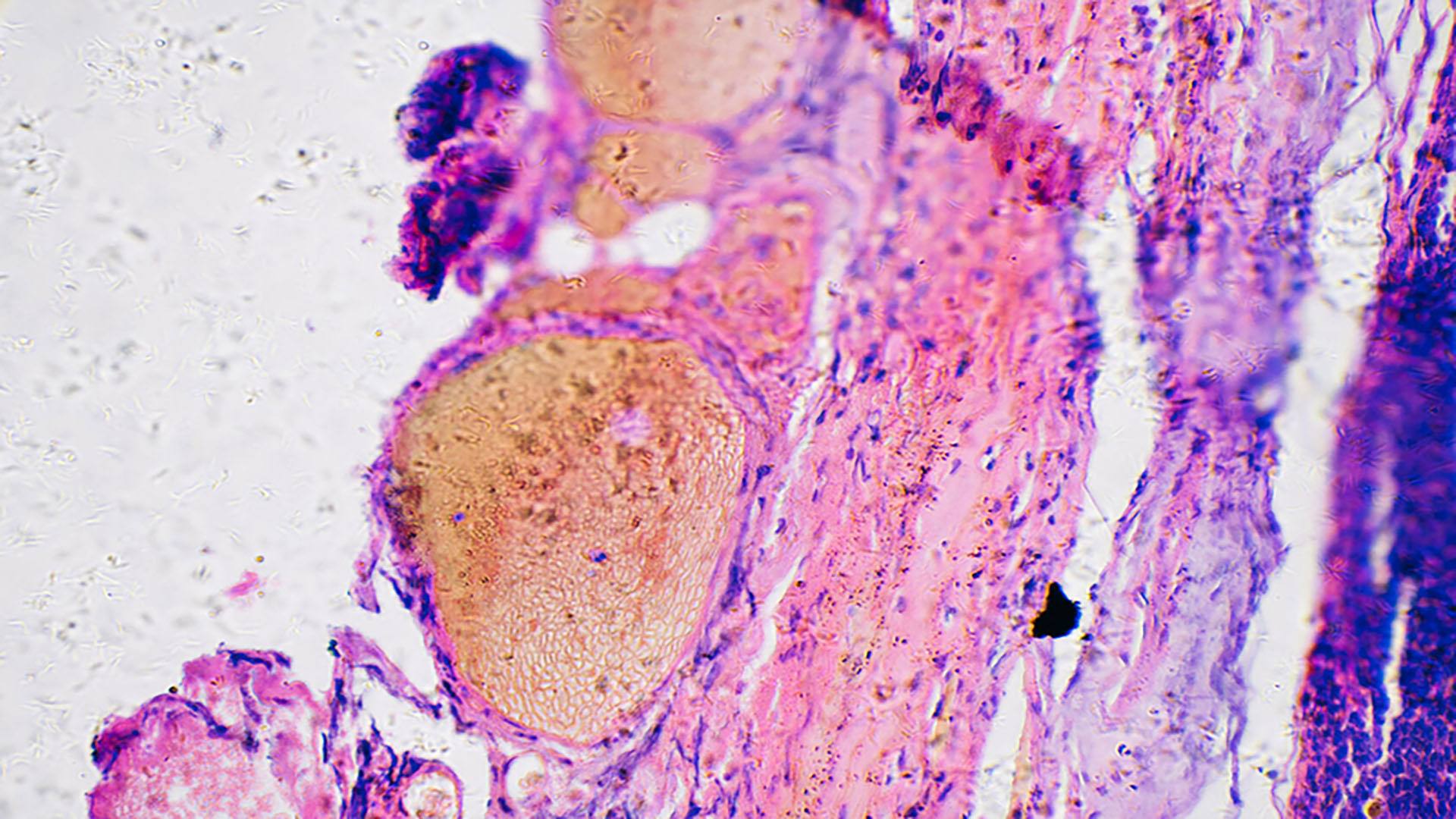Melanoma, an aggressive form of skin cancer that accounts for 75% of all skin-cancer-related deaths, is often detected later in people with darker skin complexions — and the consequences can be devastating, a Mayo Clinic study reveals.
While melanoma may be found less frequently in people with darker complexions than fair ones, this potentially serious form of cancer can strike anyone. The study, which consisted of 492,597 patients with melanoma, suggests that added vigilance in early screening is particularly needed for Black men, whose cancers are often found at later stages, leading to worse outcomes compared to white patients.

"We compared non-Hispanic Black patients to white patients and saw striking differences in how patients presented with the disease," says surgical oncologist Tina Hieken, M.D., senior author of the study and a researcher at Mayo Clinic Comprehensive Cancer Center. "We saw more extremity melanoma, and more later-stage disease."
Extremity melanoma refers to skin cancer that can develop on the arms, legs, hands and feet. Various factors, including social risk factors and biological components, could be at play, but further research is needed to help determine why these differences exist.
Revealing differences in sex-based immune response
The research found that Black female patients with melanoma fared better than Black male patients.
Men tended to be older at diagnosis and more likely to have cancer that had spread to their lymph nodes compared to women. This translated to worse survival rates. The researchers learned that Black men with stage 3 melanoma have only a 42% chance of surviving for five years, compared to 71% for Black women.
Originally published in Mayo Clinic News Network
 Connect
Connect
 Connect
Connect